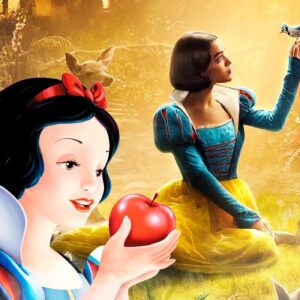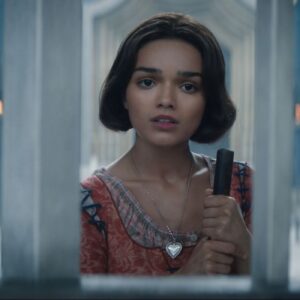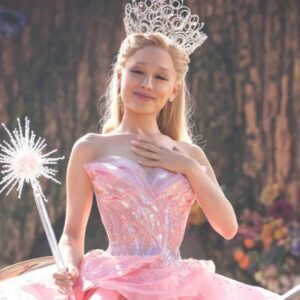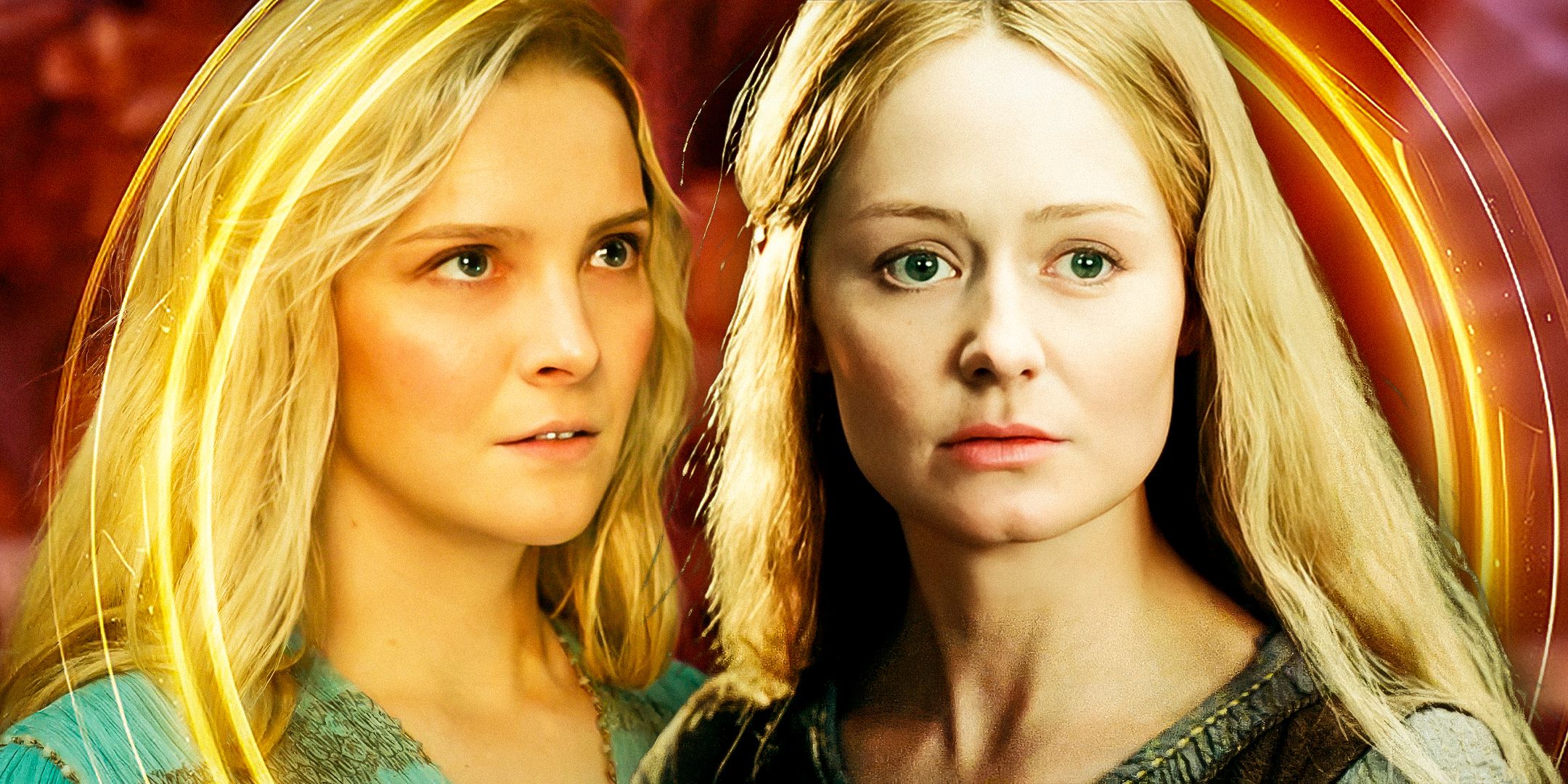
The heroine in The Lord of the Rings: War of the Rohirrim will celebrate one of the best parts of the original Lord of the Rings story. The War of the Rohirrim movie will follow a story that author J.R.R. Tolkien outlined in the appendices to The Lord of the Rings. However, the lead character only had a minor role in the book.
The War of the Rohirrim will occupy a place in The Lord of the Rings timeline that has not yet been extensively explored on screen, and certainly never as an anime. It will be set in Rohan in the Third Age of Middle-earth, 132 years before the birth of Bilbo, the main character of The Hobbit movies and book. It will take for a focal character the daughter of Helm Hammerhand, the king that Tolkien centered in his book. Though unnamed in the source material, Hèra will assume the role of Hammerhand’s daughter and will be voiced by Gaia Wise in the movie.
War Of The Rohirrim’s Hèra Continues Éowyn’s Lord Of The Rings Legacy
Hèra And Éowyn Are Both Female Warriors In A Man’s Battlefield
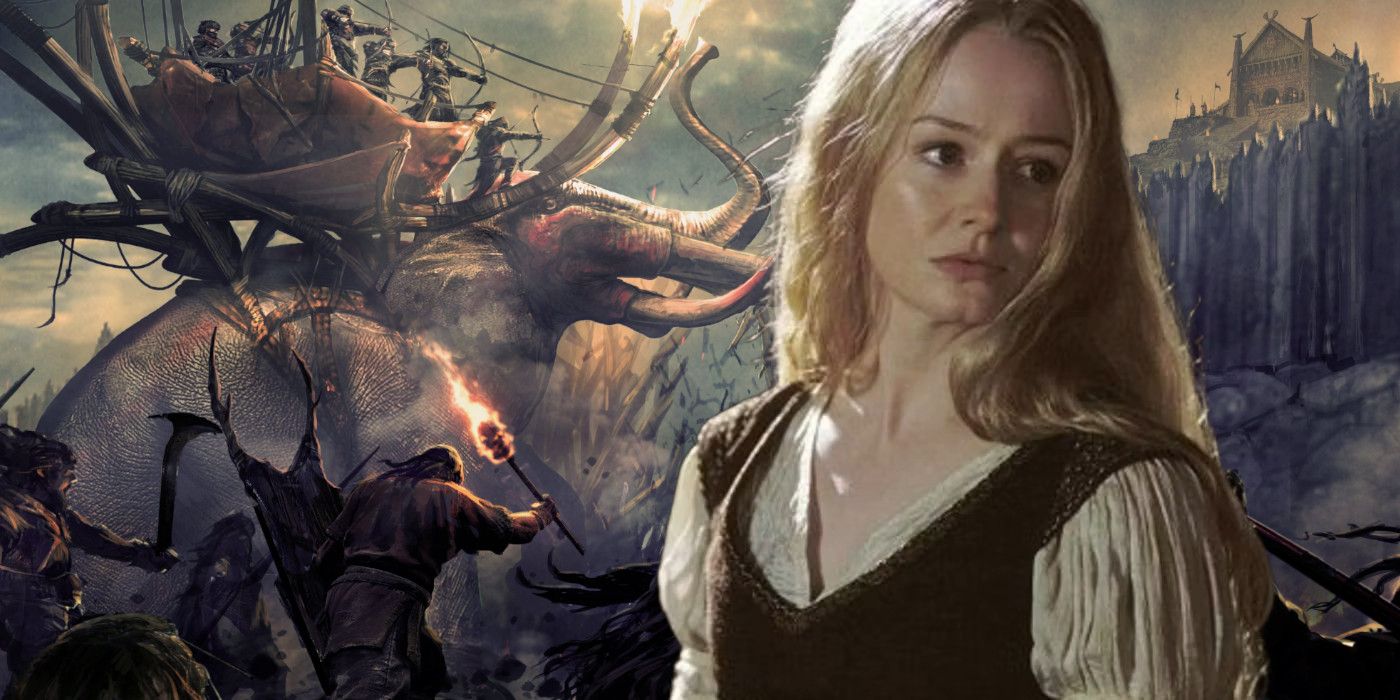
Éowyn was perhaps the most prominent female warrior in Tolkien’s world, although Galadriel was another contender, and War of the Rohirrim will build on this by placing a woman soldier front and center. Haleth and Lúthien were other women who fought and won in Middle-earth, but Éowyn’s heroinism had a unique pride of place in Tolkien’s masterwork, The Lord of the Rings. Miranda Otto was excellent as Éowyn in Peter Jackson’s trilogy, so it’s little wonder that Warner Bros. and New Line Cinema will follow her example with their protagonist for the next Lord of the Rings film.
As a protagonist, Hèra could be compared to Galadriel in Rings of Power season 1, whose warrior elements were highlighted above the magical aspects that Peter Jackson brought out in his films. Galadriel’s character was incredibly complicated throughout Tolkien’s legendarium, making her hard to adapt, and indeed the show faced criticism for its writing of the character. Hèra shouldn’t present this difficulty – with only one line in the text to suggest her identity, she will give the movie a blank slate that can celebrate the tradition of Éowyn, whose presence will also be felt in her narration of the movie.
Éowyn Was A Boundary-Breaking Character When Lord Of The Rings Was Published
Éowyn Was Far From Typical For A 1950s Female Character
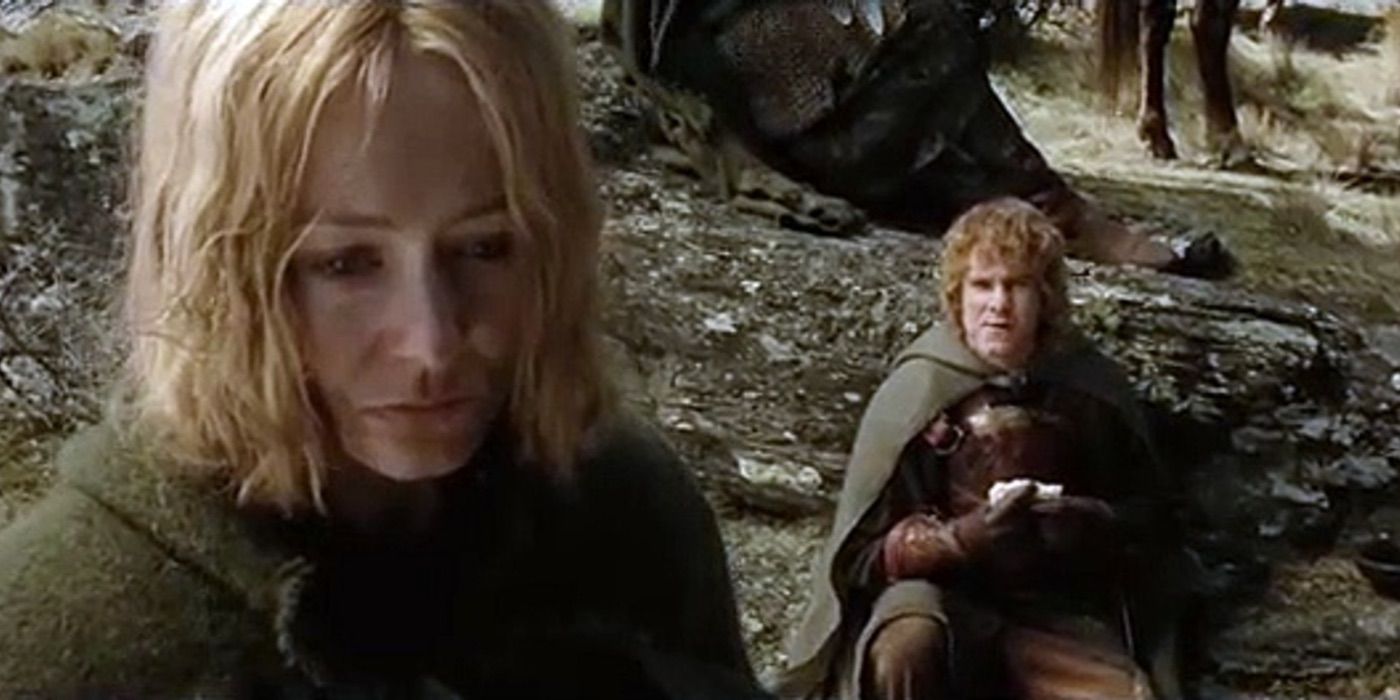
Female characters in the 1950s often carried a “feminine mystique” whereby they were fulfilled by their roles as housewives, mothers, and sexual partners, but Éowyn was one example of a character that broke this mold. Second-wave feminist Betty Friedan coined this term and defined the issue of many women actually being unfulfilled despite motherhood and housewifery. Éowyn had no “feminine mystique“ – she was just as dissatisfied as the real women interviewed by Friedan in her work.
Éowyn and Faramir fell in love and lived a peaceful life together, but this wasn’t symptomatic of Tolkien condemning Éowyn to domesticity after all, this was the victory of peace over war.
In this way, J.R.R. Tolkien was ahead of his time. He clearly supported Éowyn in her endeavors, as her going to war was rewarded in the narrative by her triumph over the Witch-king of Angmar. By the end of the books and movies, Éowyn and Faramir fell in love and lived a peaceful life together, but this wasn’t symptomatic of Tolkien condemning Éowyn to domesticity after all; this was the victory of peace over war, and the victory of life over death in two seriously wounded characters. Tolkien characters finding peace after going through war had become a theme in Lord of the Rings.
How Hèra Is Different From Lord Of The Rings’ Éowyn
Gaia Wise Has Her Own Inspirations For Éowyn
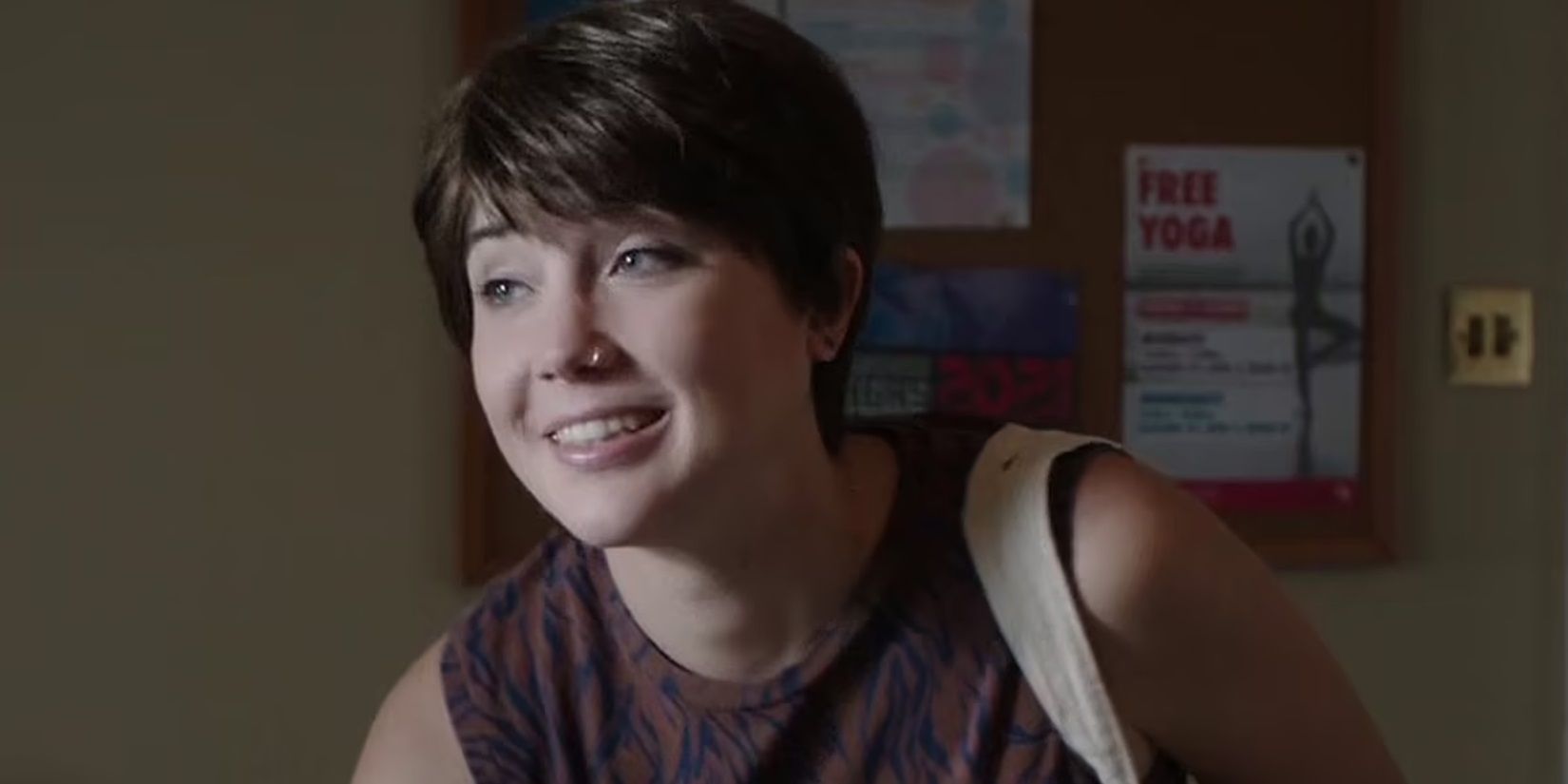
Miyazaki’s heroines had a wilderness all of their own – perhaps even further removed from Friedan’s “feminine mystique” than those situated in a medieval romance could be. They were sometimes rebels who were also savages, supernatural beings, or mere teens, who couldn’t even remotely adhere to the norms of nobility. And yet, there is much in common between Éowyn, Lúthien, Nausicaä, and other Miyazaki heroines like princess Mononoke. Miyazaki’s heroines went further in their leadership than defending humanity and often fought on the side of nature, and Lord of the Rings is one big defense of nature.
It will be interesting to see if the thread of environmentalism that runs through Miyazaki’s work is present in War of the Rohirrim. Wise described Hèra as “fierce… complex,” and “rebellious,” detailing Éowyn as more “fully formed,” so it seems there will be some character development over the course of Hèra’s journey. This may present another Miyazaki influence, as he mastered this in many heroines, like Spirited Away’s Chihiro. The Lord of the Rings: War of the Rohirrim can do Éowyn justice and also explore a new kind of protagonist for Lord of the Rings, without breaking Tolkien’s canon.
It will be interesting to see if the thread of environmentalism that runs through Miyazaki’s work is present in War of the Rohirrim. Wise described Hèra as “fierce… complex,” and “rebellious,” detailing Éowyn as more “fully formed,” so it seems there will be some character development over the course of Hèra’s journey. This may present another Miyazaki influence, as he mastered this in many heroines, like Spirited Away’s Chihiro. The Lord of the Rings: War of the Rohirrim can do Éowyn justice and also explore a new kind of protagonist for Lord of the Rings, without breaking Tolkien’s canon.
Éowyn Was A Boundary-Breaking Character When Lord Of The Rings Was Published
Éowyn Was Far From Typical For A 1950s Female Character

Female characters in the 1950s often carried a “feminine mystique” whereby they were fulfilled by their roles as housewives, mothers, and sexual partners, but Éowyn was one example of a character that broke this mold. Second-wave feminist Betty Friedan coined this term and defined the issue of many women actually being unfulfilled despite motherhood and housewifery. Éowyn had no “feminine mystique“ – she was just as dissatisfied as the real women interviewed by Friedan in her work.
Éowyn and Faramir fell in love and lived a peaceful life together, but this wasn’t symptomatic of Tolkien condemning Éowyn to domesticity after all, this was the victory of peace over war.
As a protagonist, Hèra could be compared to Galadriel in Rings of Power season 1, whose warrior elements were highlighted above the magical aspects that Peter Jackson brought out in his films. Galadriel’s character was incredibly complicated throughout Tolkien’s legendarium, making her hard to adapt, and indeed the show faced criticism for its writing of the character. Hèra shouldn’t present this difficulty – with only one line in the text to suggest her identity, she will give the movie a blank slate that can celebrate the tradition of Éowyn, whose presence will also be felt in her narration of the movie.
